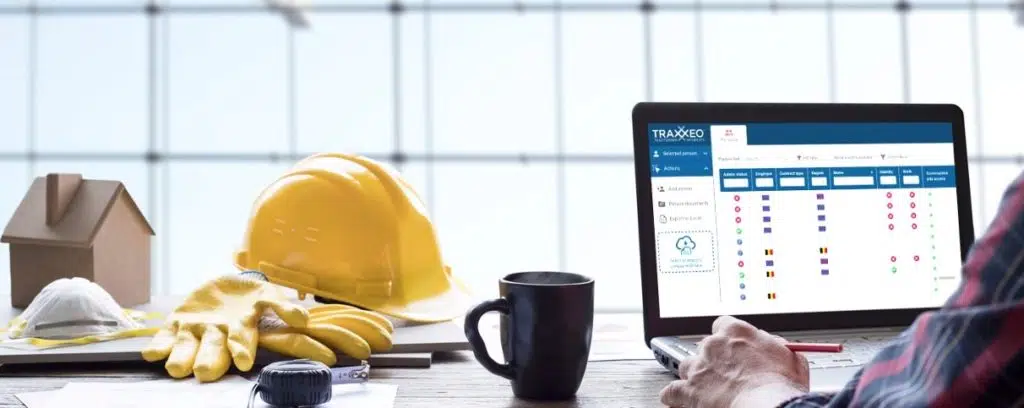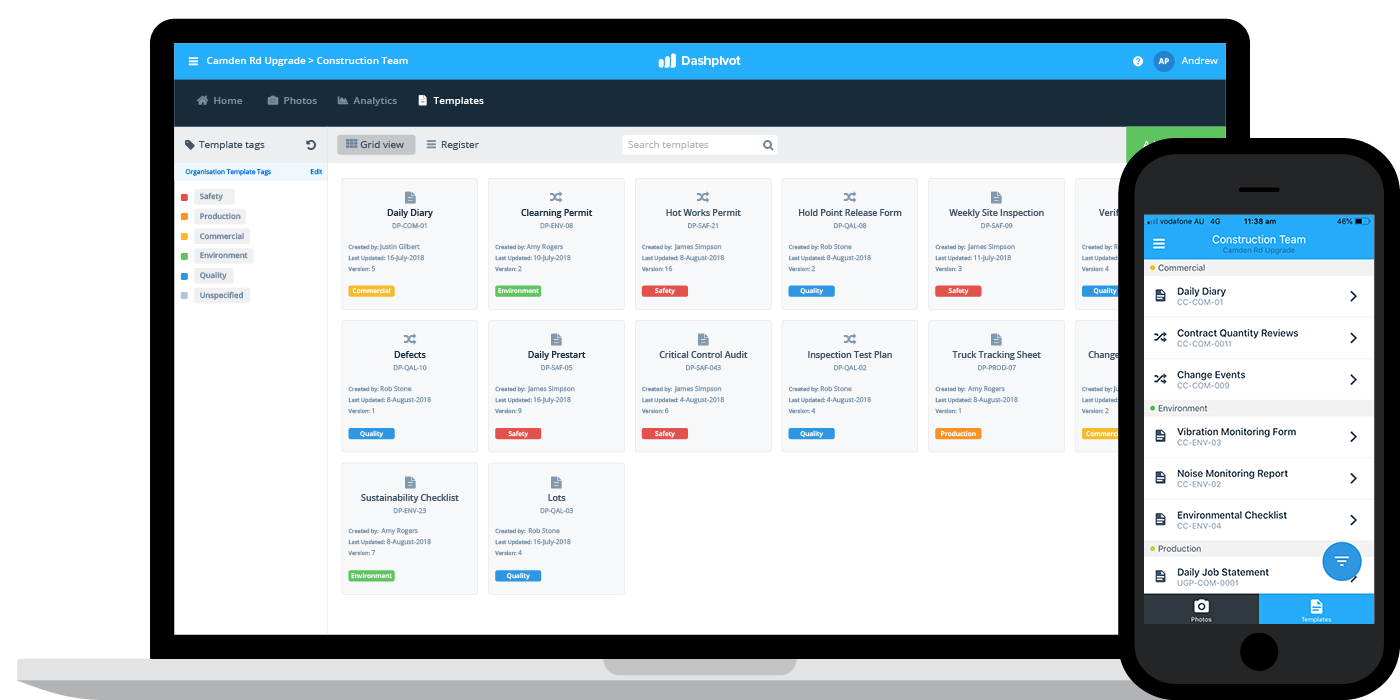Optimizing Project Cooperation: Designer's Ideal Practices in Building Record Monitoring
In the detailed world of architectural jobs, the reliable administration of building and construction documents stands as a keystone for success. In the middle of this intricacy lies an important inquiry: just how can designers streamline partnership processes to enhance task outcomes?
Leveraging Cloud-Based Platforms
Leveraging cloud-based platforms is a fundamental approach for modern engineers in maximizing construction document monitoring processes. By transitioning from conventional paper-based systems to shadow services, architects can streamline partnership, enhance paper accessibility, and enhance general task effectiveness. Cloud-based systems provide architects the capability to shop, share, and update construction files in real-time, guaranteeing that all staff member have access to one of the most present info regardless of their area. This access promotes smooth communication and sychronisation among project stakeholders, bring about less errors and delays in the building process.
In addition, cloud-based platforms offer a safe and secure setting for saving delicate job details, supplying security, regular back-ups, and customer approval settings to safeguard information integrity. Designers can also gain from the scalability of cloud options, enabling them to readjust storage ability and capability based upon task needs. Overall, leveraging cloud-based systems empowers architects to maximize their building file monitoring processes, driving better partnership, performance, and success in their jobs.
Executing Version Control Systems
Having developed the advantages of cloud-based systems in building record monitoring, architects can currently improve their paper control procedures by applying Version Control Solution. Version Control Systems (VCS) are crucial devices that track changes in records, making sure that staff member are always working with the newest and most accurate info. By carrying out VCS, engineers can maintain a centralized database where all job documents are saved, making it possible for smooth cooperation while lessening the threat of errors and variation disputes.
This feature is particularly beneficial in building and construction jobs where style iterations and alterations are typical. This transparency not only boosts liability yet additionally aids in resolving disputes or discrepancies that may emerge throughout the task lifecycle.
Developing Communication Methods
To make sure reliable and efficient job control, architects need to develop clear and robust communication methods within their construction document administration procedures. Communication protocols specify the approaches, regularity, and channels where staff member exchange information, updates, and comments. One essential element of developing these methods is determining a centralized interaction system where all project-related conversations and document sharing can happen. This system can be a project administration software program, email strings, or cloud-based storage remedies. By setting guidelines on how info is disseminated and exactly how team members connect with each other, designers can simplify the flow of information and prevent miscommunications or delays in the building and construction procedure.
Moreover, communication procedures need to also include guidelines on exactly how to handle conflicts, modification orders, and immediate problems that might emerge during the project lifecycle. Developing an organized technique to interaction makes sure that all stakeholders get on the very same web page, advertises openness, and eventually adds to the successful conclusion of the building job.
Using BIM Software for Control
BIM software plays a crucial duty in improving coordination amongst job employee in the construction industry. Structure Info Modeling (BIM) helps with collaboration by giving a central platform where engineers, designers, service providers, and various other stakeholders can collaborate in a collaborated fashion. Through BIM official statement software application, job individuals can access and update a common model which contains thorough information concerning the building style, building and construction elements, and task schedules.

Additionally, BIM software enables real-time collaboration and communication amongst staff member, no matter their physical area. With cloud-based BIM platforms, job stakeholders can access the latest project info, track modifications, and make informed decisions promptly. On the whole, leveraging BIM software program for control boosts task efficiency, productivity, and ultimately brings about effective task end results.
Ensuring Data Security and Conformity
In the realm of building and construction paper monitoring, securing information integrity and ensuring regulative compliance are paramount considerations for engineers and other task stakeholders. Designers must execute durable protection steps to protect sensitive task info from unauthorized accessibility or breaches.

Final Thought
In conclusion, engineers can optimize job partnership in building and construction paper management by leveraging cloud-based platforms, implementing variation control systems, establishing interaction visit this page procedures, utilizing BIM software program for control, and making sure data protection and conformity. These best techniques help enhance the building process, improve interaction among project stakeholders, and boost effectiveness in project delivery. By adhering to these standards, engineers can successfully take care of building and construction records and facilitate successful job end results.
Via next page BIM software program, job participants can access and upgrade a shared version that consists of detailed details about the building layout, building parts, and project schedules.
With cloud-based BIM platforms, job stakeholders can access the newest task information, track changes, and make notified decisions without delay - construction document management. On the whole, leveraging BIM software for coordination improves job performance, efficiency, and inevitably leads to effective project end results
In conclusion, engineers can maximize job partnership in building and construction record monitoring by leveraging cloud-based systems, carrying out variation control systems, developing interaction procedures, using BIM software application for sychronisation, and guaranteeing information safety and conformity. These finest practices help streamline the construction procedure, boost interaction among project stakeholders, and boost efficiency in project shipment.